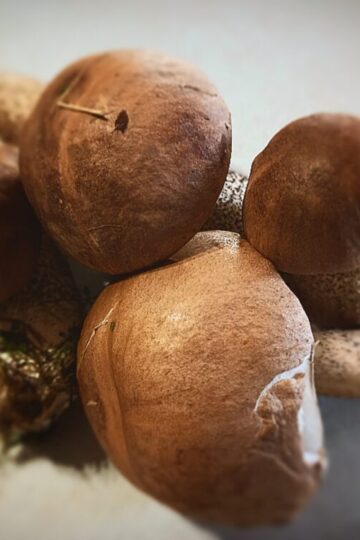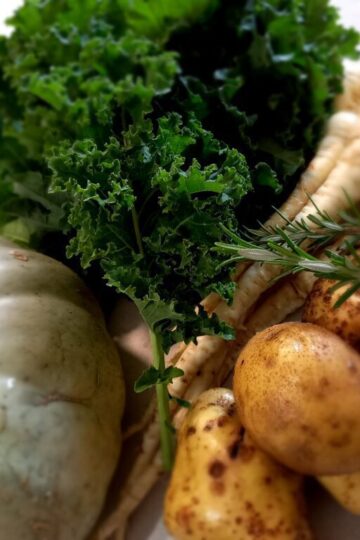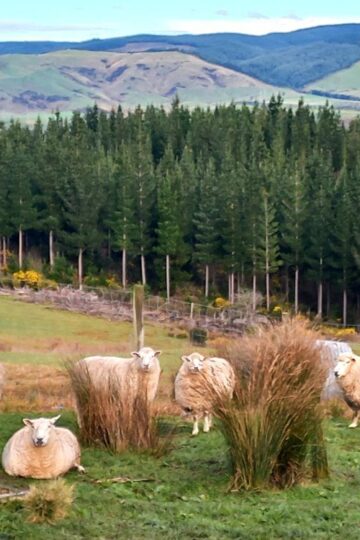Estimated reading time: 7 minutes
Self sufficient homesteading is a rewarding and natural lifestyle choice. Spring is an exciting and busy time of the year when living self sufficient. It's also very enjoyable and worth all the hard work.
I try to be organized early and I know that the more time and energy I put in to my self sufficient home garden now will pay off very soon.
Preparing the garden beds
I prepare my garden beds in early spring and make them ready for planting. It’s essential that I start my veggie garden early.

First I need to get rid of all the weeds and turn the soil over. Basically I just dig up the top layer of the soil and flip it over. Then I feed the soil what I think it needs. It's usually a mixture of manure and hydrated lime.
I do a soil test. It shows whether my soil is acid, neutral or alkaline. The test also comes with a list of crops and what soil type they prefer. I can feed different areas of the garden accordingly. The areas that I want to be more alkaline I add more lime to and the area that I want to be more acid I add more manure to.
All parts of my garden beds get a sprinkle of neem tree powder or granules. This is a natural way of getting rid of slugs and other bugs that eat the seedlings and eat holes in leafy greens. I have tried neem tree oil as well but much prefer the powder or granules that just get dug in to the soil.
When I've added my nutrients and neem tree powder to the bed I just rake it in and smooth it over with a hard tooth rake.

Now I’m ready to plant.
In spring the main focus is on my self sufficient vegetable garden.
It gets easier each year. I'm learning the best selection of plants for my area and set up. I only plant what I know I can grow well.
To guarantee myself an early harvest I need to choose fast growing veggies to plant early in spring and a good frost cover to help the growing process and avoid frost damage on my seedlings
Make a plan for the garden
I draw up a plan of the garden bed, what plants go where and how much space I want to give each item. Then I mark out the different plant's areas with sticks or garden stakes and write notes on the stake with a marker pen. Otherwise, I forget and I do find it helpful.
I decide which plants I will grow from seeds and which ones I will start as seedlings.
Fast growing plants like lettuce, spinach and soft herbs I do from seeds and the slow growing individual plants I do from bought seedling to speed up the process
Below is my choice of seeds vs seedlings

Seeds:
Lettuce, rocket, bok choi, soft herbs, spinach, carrots, parsnip, onions.
The highlighted ones I never start as seedlings again because I found that they go to seed to fast and I don’t get enough food from them before they over grow. They do so much better from seeds.
Seedlings:
Tomatoes, cucumber, cabbage, cauliflower, broccoli.
Either/or:
Spring onion, leek, kale, silver beet, zucchini, pumpkin, beetroot, wombok cabbage
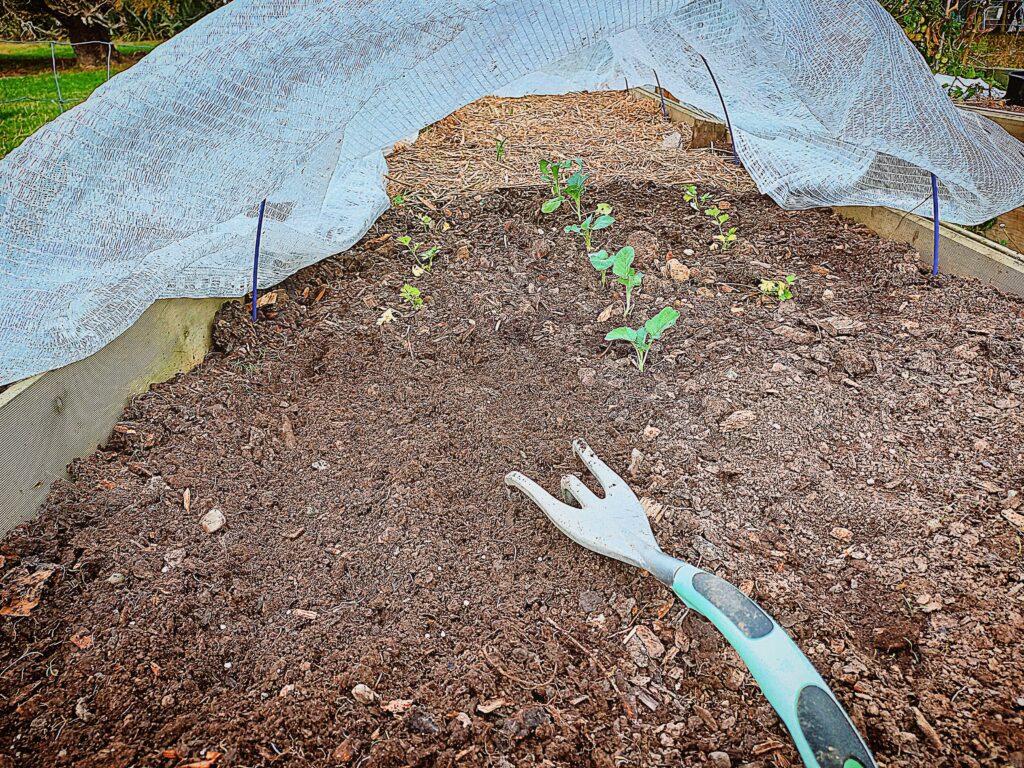
When I put my seeds or seedlings in, I only use half of the marked area, leave the other half free and when the plant is nearly ready to harvest, I put the remaining seeds in (I only use half a pk of seeds to start and save the rest until later.)
With the plants I grow from seedlings I put new seedlings in when the plant is half grown, that way new crop should be ready soon after the first crop has been consumed.
Self sufficient homesteading means I need to have food growing all the time so good planning is essential.
Protecting the young plants
Once the seeds and seedlings are in I cover the area up with mulch. This helps keep moisture and warmth in and reduces weeds.
In spring my place gets frost occasionally. I cover the area with a frost cloth to protect the plants. The cover also speeds up the growing rate. It creates a micro climate under the cover and the seedlings thrive. It works really well and I can be sure to succeed with an early harvest!
Once it’s consistently warm enough I remove the frost cloth and replace it with bird netting.
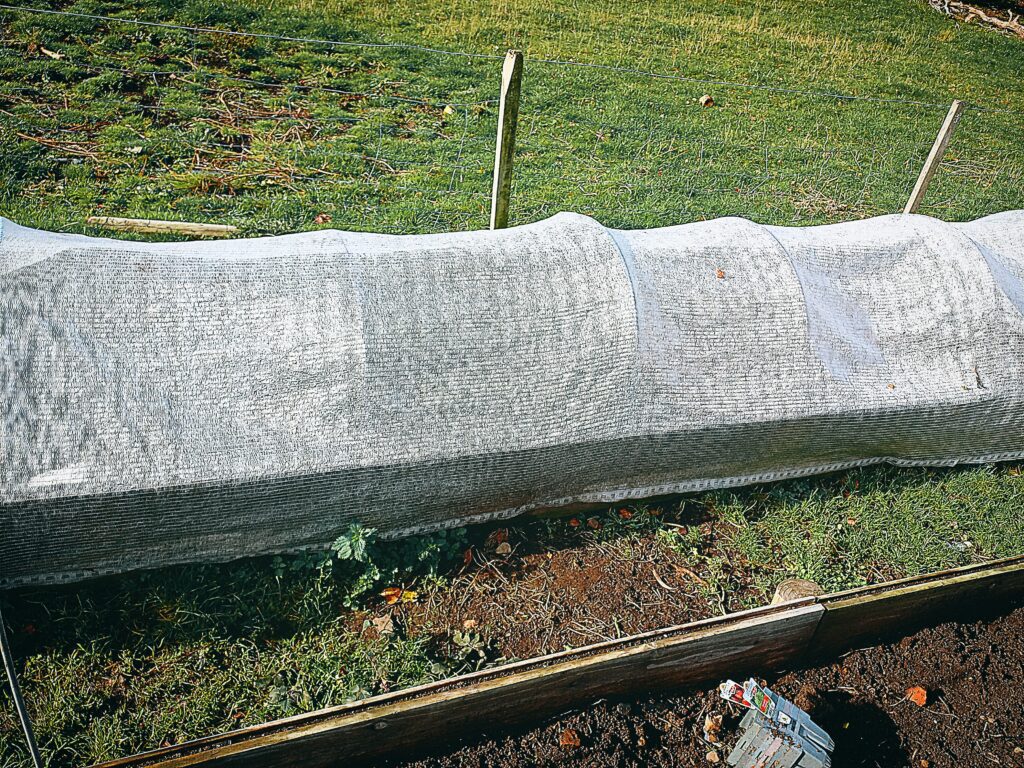

Now is the exciting time to watch the garden grow and progress. I love that!!
Read more about growing food here
Fishing and harvesting shellfish
Fishing and harvesting shellfish is another focus in spring when living a self sufficient life style.

Spring is the opening to fishing of most rivers and lakes in New Zealand and it's also the whitebait season. Late spring and summer when the water is warmer is the best time of the year for flounder fishing and the mussels and clams are big and juicy then as well.
Try my clam fritter recipe and my mussels in curry, coconut and lime for simple and tasty ways to cook fresh wild shellfish.
We make the most of the short whitebait season and go out a lot during that time. It's a good family day out and whitebait is a great food source.
It also freezes well which makes it great when living a self sufficient life.
When frozen down fresh in convenient sized packs we can enjoy this highly valued delicacy all year around.
Read more about fishing for food here
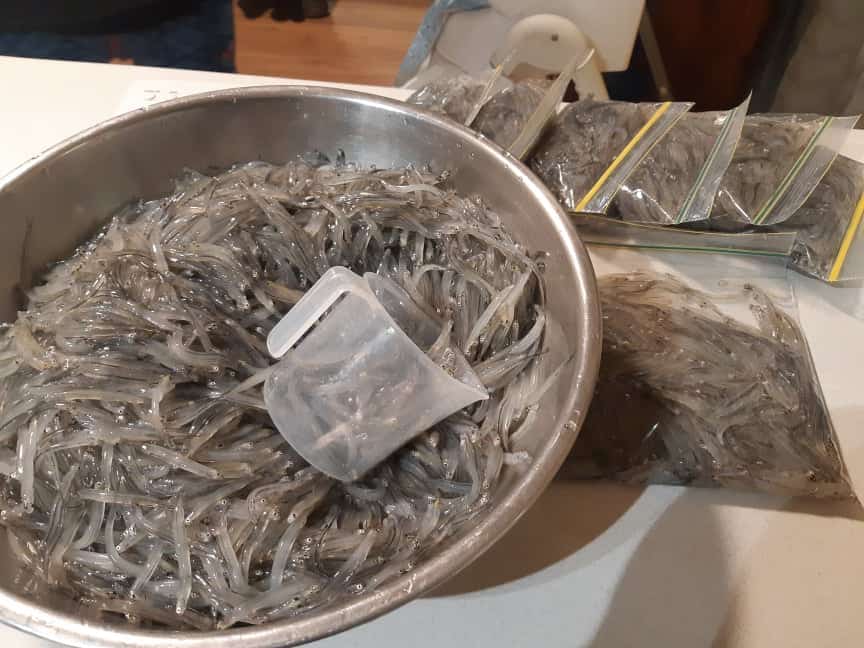
Self sufficient homesteading is a busy but rewarding lifestyle all year around. Check out what I do the other seasons below.
It’s rewarding in so many ways to be in charge of your food supply and where your food comes from.
Living a self sufficient and sustainable life is healthy and the best way to enjoy food. More flavors and nutrition but best of all free from nasty chemicals and sprays.
I'm happy and proud to feed my family nutritious, organic, free range and delicious food daily.

